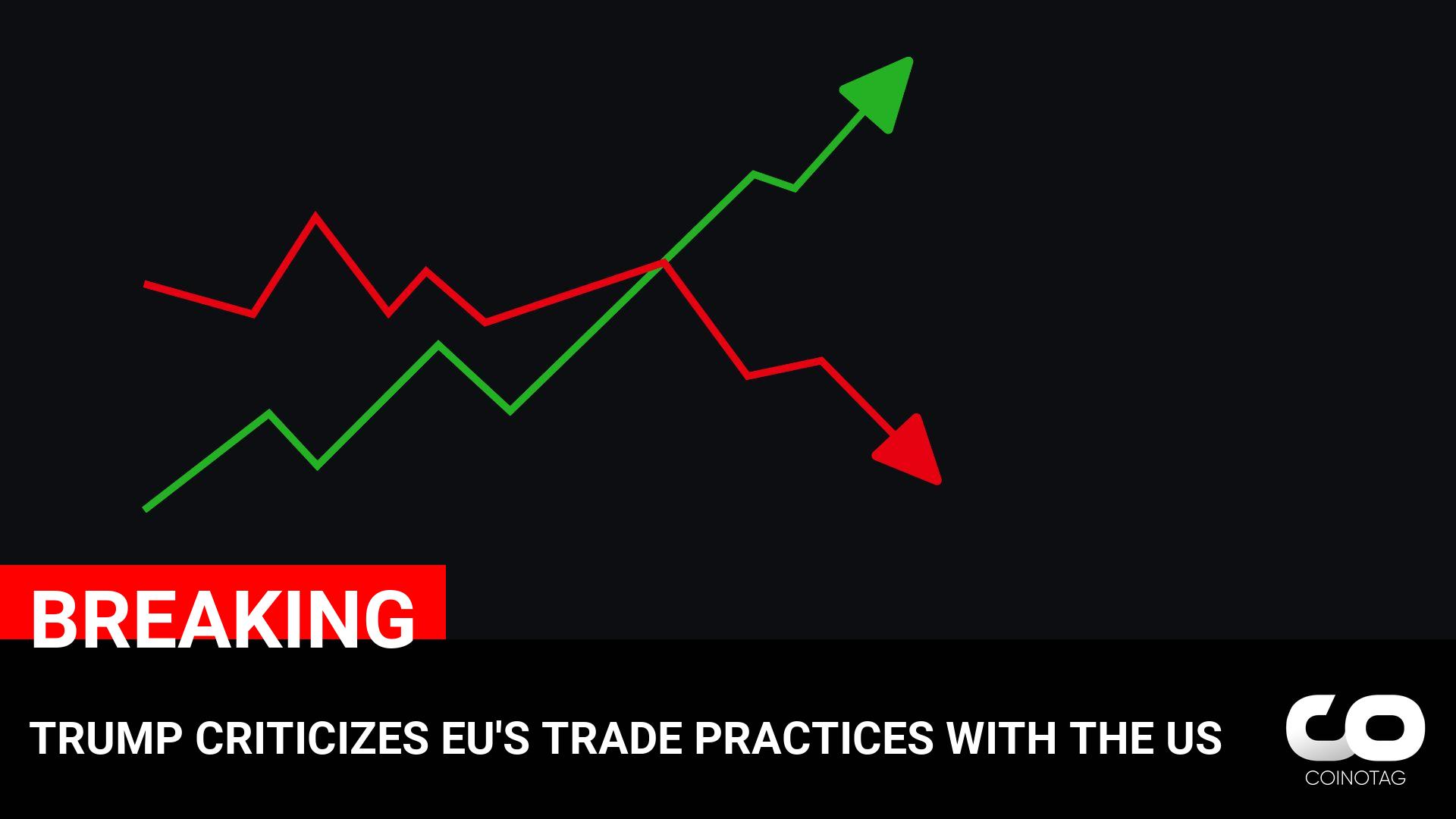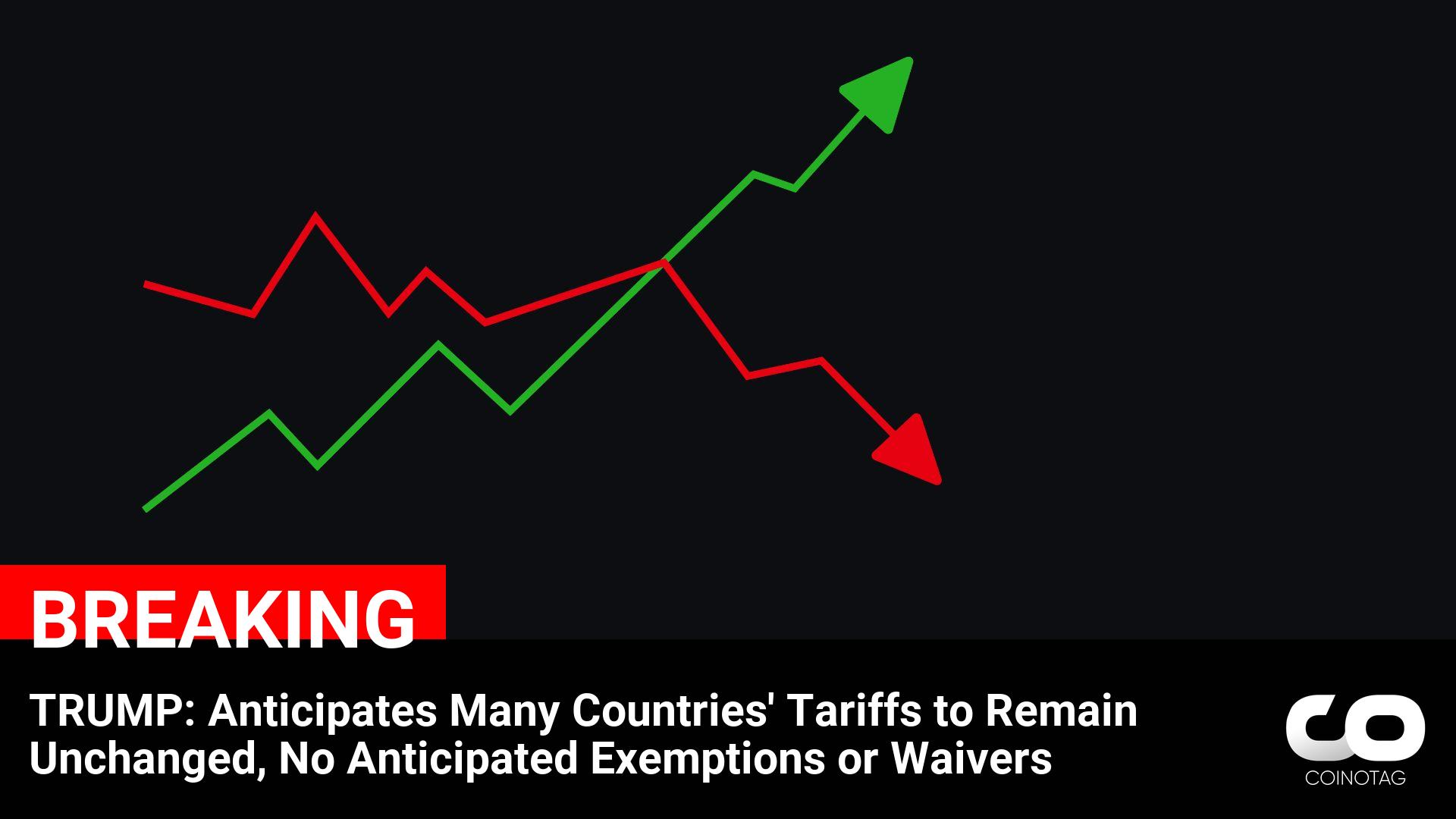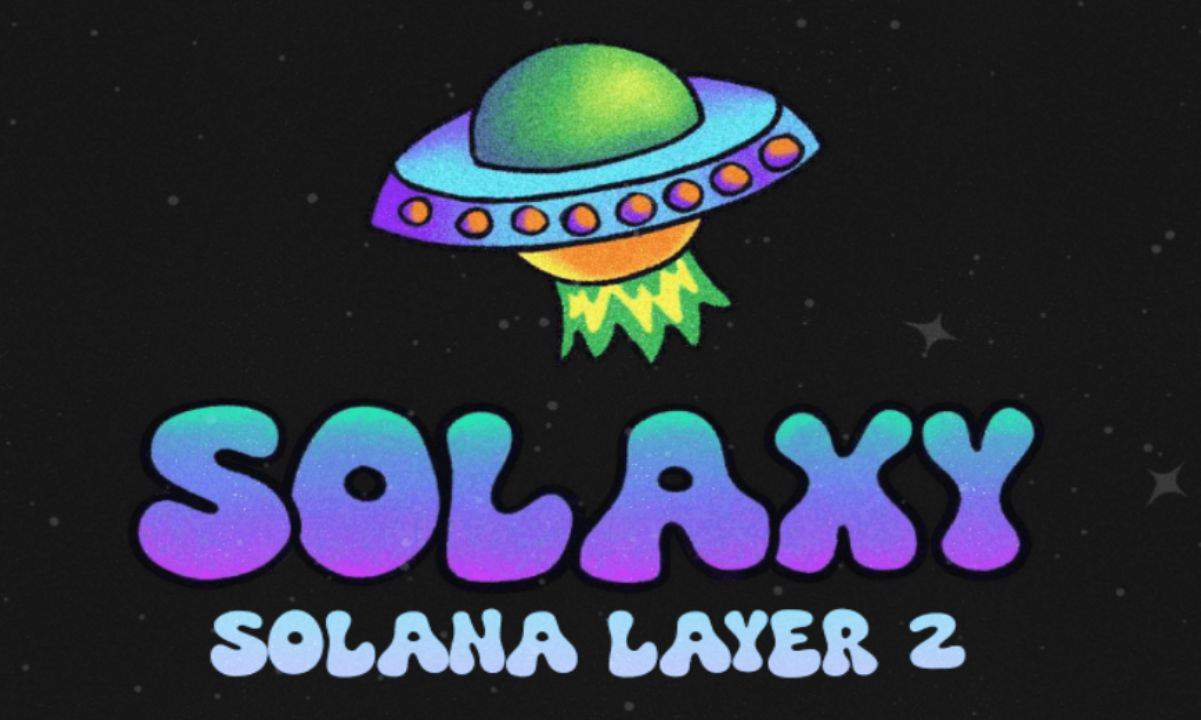
The Ethereum Foundation has distributed 120 million dollars in Ether to the DeFi protocols Aave, Spark, and Compound, addressing concerns about the management of its reserves.
The move was met with enthusiasm by the community, which sees new prospects for decentralized finance. In this article, we will see all the details.
The support of the Ethereum Foundation strengthens DeFi protocols
As anticipated, the Ethereum Foundation recently allocated 45,000 ETH, worth approximately 120 million dollars, to three major decentralized finance protocols: Aave, Spark, and Compound.
This move marks a significant change in the management of the organization’s resources, addressing concerns expressed by the community about its previous funding strategy based on the sale of ETH.
On February 13, the foundation transferred 4,200 ETH to Compound, 10,000 ETH to Spark, and 30,800 ETH to Aave. With Ethereum trading around $2,600 per token, the overall value of the operation exceeded $120 million.
Stani Kulechov, founder and CEO of Aave, described this initiative as the “largest allocation in DeFi” ever made by the Ethereum Foundation.
With 30,800 ETH sent to Aave Prime and Aave Core, the foundation has demonstrated a clear intention to strengthen the ecosystem of decentralized finance.
Kulechov expressed his optimism by stating: “DeFi will win,” emphasizing the importance of liquidity provision for the sector.
Not only the industry operators, but also many members of the community have welcomed the operation with enthusiasm.
This allocation could reduce the need for the foundation to liquidate ETH to support its activities, alleviating selling pressure and contributing to greater market stability.
Reactions of the community: a step in the right direction
Mark Jeffrey, well-known podcaster and commentator in the crypto sector, described this strategy as “intelligent,” highlighting how lending is the beating heart of decentralized finance and Aave represents a fundamental pillar in this field.
Some users of the platform X have celebrated the initiative as a clear confirmation that the direction taken by the DeFi community is yielding concrete results. One user, for example, wrote:
“What we are doing is working, let’s keep it up,” while another suggested that it would be positive if the Ethereum Foundation continued to allocate its funds in this way.
On the other hand, 0xNessus, pseudonymous co-founder of the lending protocol HyperLend, expressed astonishment that the foundation only began actively engaging in DeFi after several years:
“All we had to do was put pressure on them.”
Despite the enthusiasm generated by this move, in the past the Ethereum Foundation has been criticized for its strategy of selling ETH to finance its operations.
In January, several representatives of the crypto sector questioned the fact that the foundation regularly sold ETH to cover operational expenses and salaries.
Eric Conner, co-author of the Ethereum Improvement Proposal (EIP-1559), accused the foundation of “dumping ETH” as its main activity.
Anthony Sassano, host of The Daily Gwei, had also suggested a different approach.
Specifically advising the foundation to use platforms like Aave to stake its ETH and obtain loans in stablecoin, rather than directly liquidating its reserves.
This strategy would have allowed preserving the value of the assets without negatively impacting the market.
A look to the future: new investments coming?
Despite past criticisms, the Ethereum Foundation has hinted that this distribution of funds might not be an isolated case.
In a recent statement, the organization declared that “there will be further developments,” suggesting that it might explore additional staking and funding opportunities for DeFi protocols.
Furthermore, the foundation has initiated a dialogue with the community to gather suggestions on future strategies. Thus demonstrating an increasing openness towards active involvement with decentralized ecosystems.
With this move, the Ethereum Foundation has not only strengthened the liquidity of DeFi, but has also sent a clear signal of support to the ecosystem, showing a paradigm shift in the management of its resources.
If this strategy continues, it could mark a new chapter in the growth of decentralized finance and in the consolidation of the Ethereum network as a pillar of blockchain innovation.
News and Analysis on Cryptocurrencies, Blockchain and Decentralized Finance – Cryptonomist – Read More









